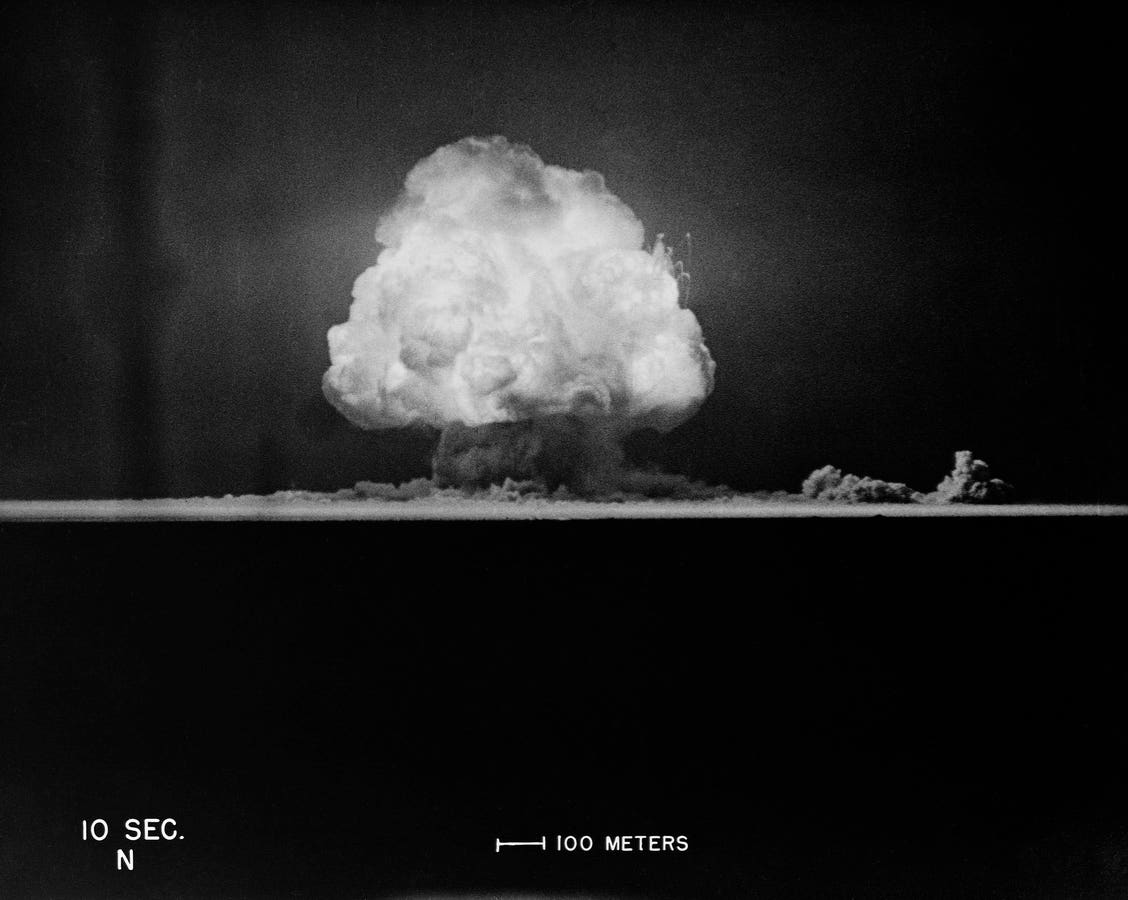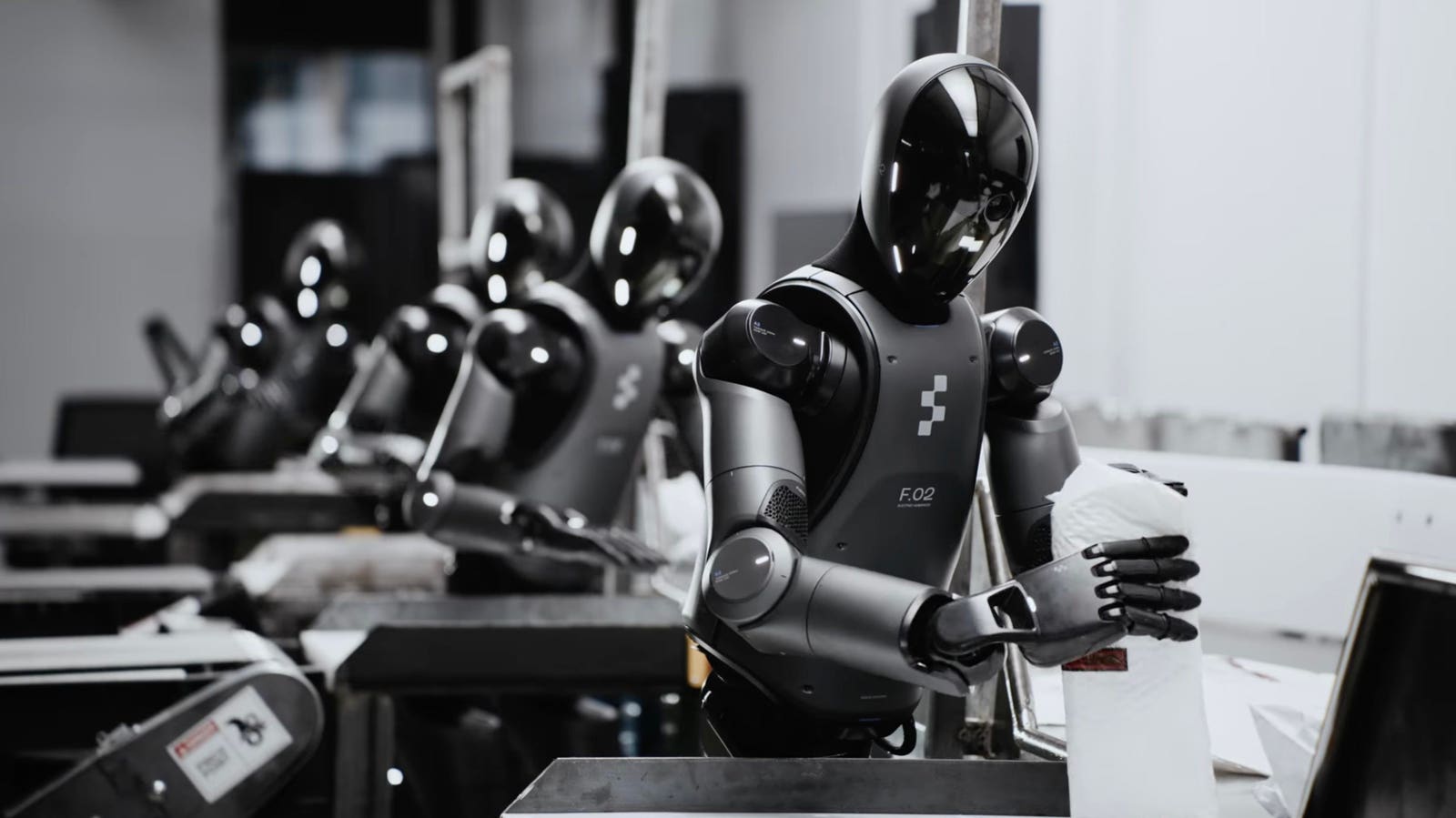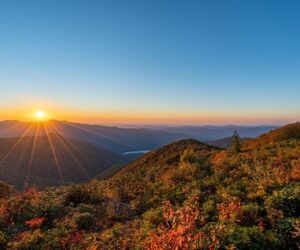The mushroom cloud of the Trinity test in New Mexico.
On July 16, 1945, the first atomic bomb exploded at the White Sands test site in the desert of New Mexico. The nuclear fission of 6.1 kilograms of plutonium resulted in a blast equivalent to over 20,000 tons of TNT. Even if the bomb was detonated at the top of a 30-meter tall steel tower, the explosion created a crater over 2 meters deep and 40 meters wide. The ground was covered with a glass-like material as never seen before.
Clarence S. Ross of the U.S. Geological Survey writes in a contemporary report that “the glass, in general, formed a layer 1 to 2 centimeters thick, with the upper surface marked by a very thin sprinkling of dust which fell upon it while it was still molten. At the bottom is a thicker film of partly fused material, which grades into the soil from which it was derived. The color of the glass is a pale bottle green, and the material is extremely vesicular, with the size of the bubbles ranging to nearly the full thickness of the specimen.”
Typical pieces of Trinitite, a new mineral created by the blast of the first atomic bomb and named … More
The first atomic device was a fission bomb with a plutonium core and uranium shell. About 9 kilograms of U-235 underwent fission, contributing to the overall energy release. A variety of different radioactive isotopes and elements were created in the resulting nuclear reactions.
The desert sand at the test site is composed mostly of grains of quartz and feldspar, with small crystals of calcite, hornblende, and augite mixed in. The initial radiation burst was over 8,000 degrees Celsius hot, instantly vaporizing the steel tower and much of the superficial layers, mixing the elements from the minerals with the radioactive elements and traces of iron, forming a new and unique chemical mix.. Droplets of melt rained down from the rising mushroom cloud, quickly cooling they formed a glassy layer extending to a radius of 300 meters all around the explosion site. This new radioactive mineral was later named trinitite after the project’s codename “Trinity.”
White Sands, New Mexico. Aerial view of the aftermath of the Trinity test, 28 hours after the … More
Just a few weeks later, on August 6, 1945, the first atomic bomb used in warfare detonated approximately 580 meters above Hiroshima — a city of 350,000 located on the coastal plain of the Chugoku region in western Honshu, Japan. The enormous blast instantly destroyed most of the city and claimed around 70,000 lives.
“Man unleashed the atom to destroy man, and another chapter in human history opened,” wrote the New York Times the next day. The Hiroshima bombing not only changed human history, but like the Trinity test created a new kind of mineral that may even enter the geological record.
In 2015, geologist Mario Wannier visited the shores near Hiroshima to collect some sand samples. Searching for microfossils, he discovered small particles of melted metal, glass beads and fragments of a rubber-like substance in the samples collected on Miyajima Island and Motoujina Peninsula. Together with researchers at the Lawrence Berkeley National Laboratory, Wannier studied the mineralogical composition of the particles, discovering that they likely formed when the atomic blast vaporized parts of Hiroshima. The researchers named them hiroshimaites.
Optical microscopy image with a collection of metallic spherules and cemented fragments fused … More
Unlike naturally occurring glass, like tektites or obsidian, the minerals created by an atomic blast show an unique chemical composition, with elements like silicon, carbon, aluminum and iron (derived from human-made materials like steel, concrete and rubber) mixed together with radioactive elements.
Such minerals may be found at other former nuclear test sites around the world, ranging from the deserts of the United States to the remote tundra of Siberia, from the Australian outback to the atolls of the Pacific, and the mountains of North Korea, India, and Pakistan.
They are likely stable enough to endure for millions of years — a signature in the rocks, marking humanity’s ingenuity in manipulating the very fabric of matter, and perhaps our folly in ever creating such a weapon.









